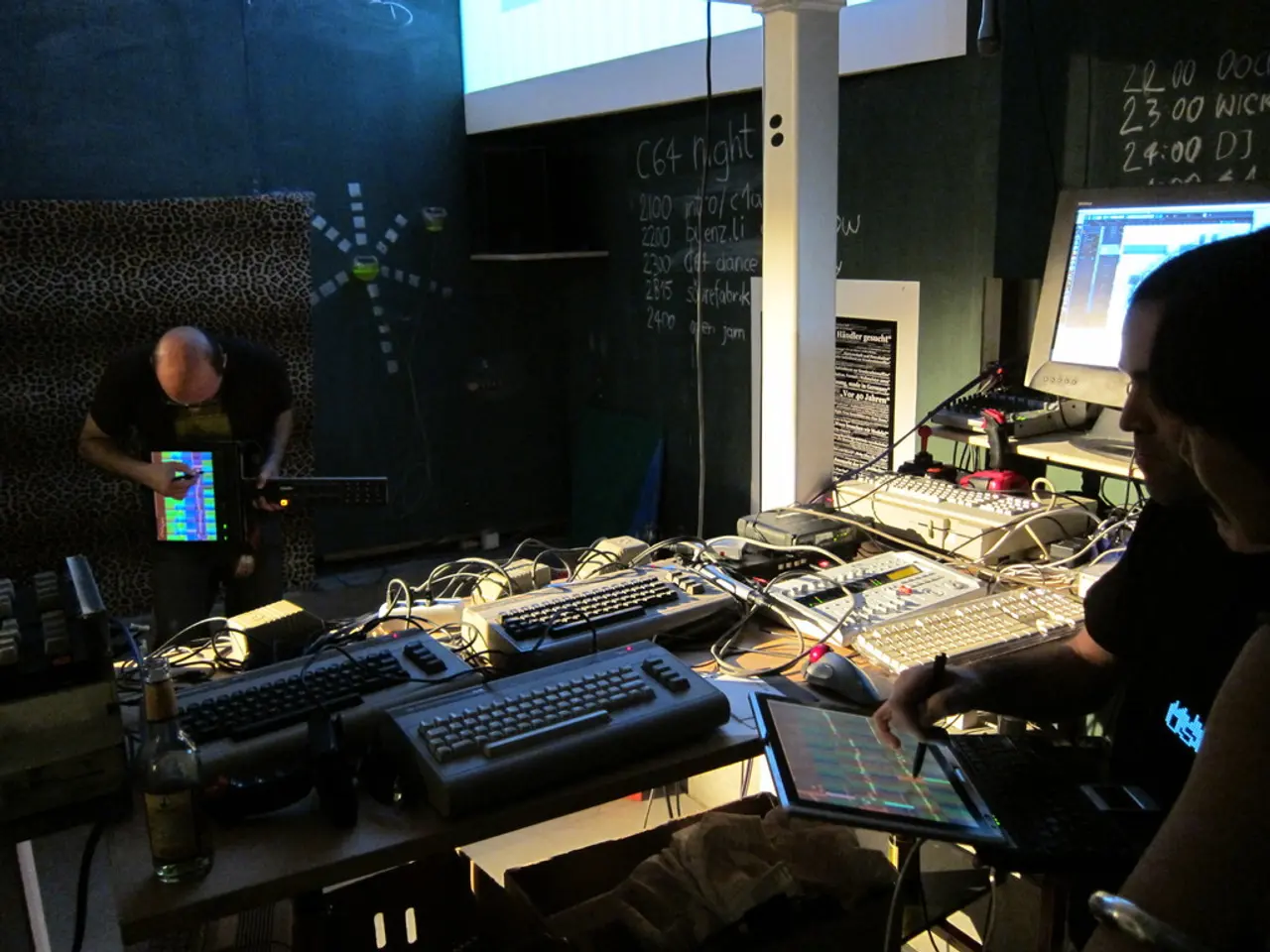Animals Harnessing Electronic Assembly Within Their Bodies
In the realm of medical technology, a groundbreaking development is promising to change the landscape of implants and sensors. Bioelectronics, these innovative devices, could potentially transform how medical implants are approached, offering solutions to challenges that have long plagued traditional implants.
The key to this transformation lies in the concept of in vivo assembly, a technique that allows electronic components to form or self-organize inside living organisms. This approach addresses the issues often faced with mechanical mismatch, immune response, and long-term reliability that are associated with traditional external manufacturing and device implantation methods.
By assembling devices in vivo, they better conform to tissue structure and function, minimizing inflammatory reactions and mechanical failure. This leads to the development of miniaturized, flexible, and conformal electronics that can monitor physiological signals or deliver therapy in a patient-specific manner, facilitating personalized healthcare.
The impacts of this approach are far-reaching. For instance, it improves biocompatibility and integration, enhances customization, and enables the creation of smaller, flexible, multifunctional implants. Advanced closed-loop systems can actively sense and respond to physiological changes, enabling dynamic and automated therapeutic interventions. Integration with biological materials using biomimetic and natural materials like lignin-based polymers further enhances device stability and multifunctionality, improving therapeutic delivery, sensing, and tissue engineering outcomes.
The field of bioelectronics holds great promise for applications in telemedicine and personalized healthcare. Advanced medical devices, such as implantable or ingestible devices, could be created for continuous health monitoring or targeted therapies. These devices, due to their ability to assemble inside the body without surgery, could avoid invasive procedures.
Researchers are actively exploring the integration of electronics directly within living organisms, aiming to create bioelectronic devices that are compatible with biological systems, minimizing adverse effects and maximizing efficiency. By integrating electronics with biological systems, bioelectronics could enable real-time monitoring and interaction with physiological processes.
Ongoing research in bioelectronics is paving the way for a new era of medical technology. The evolution of bioelectronics could potentially transform how medical implants are approached, leading to less invasive, longer-lasting, and smarter implants tailored to individual patient needs. This new era aims to integrate electronics with biological systems in a harmonious manner, promising a future where medical technology and biology work together for the betterment of human health.
- The integration of electronics with biological systems, as seen in the emerging field of bioelectronics, could revolutionize healthcare and health-and-wellness, providing sophisticated, biocompatible, and personalized medical-conditions management.
- By employing advanced techniques like in vivo assembly, bioelectronics could overcome long-standing challenges in conventional healthcare, leading to the development of flexible, conformal, and minimally invasive biotech devices for health monitoring and targeted therapy.
- The fusion of science, technology, and biology in bioelectronics holds the potential to transform traditional healthcare methods, offering a future where medicine, healthcare, and health-and-wellness are enriched by groundbreaking innovations tailored to individual patients' needs.




